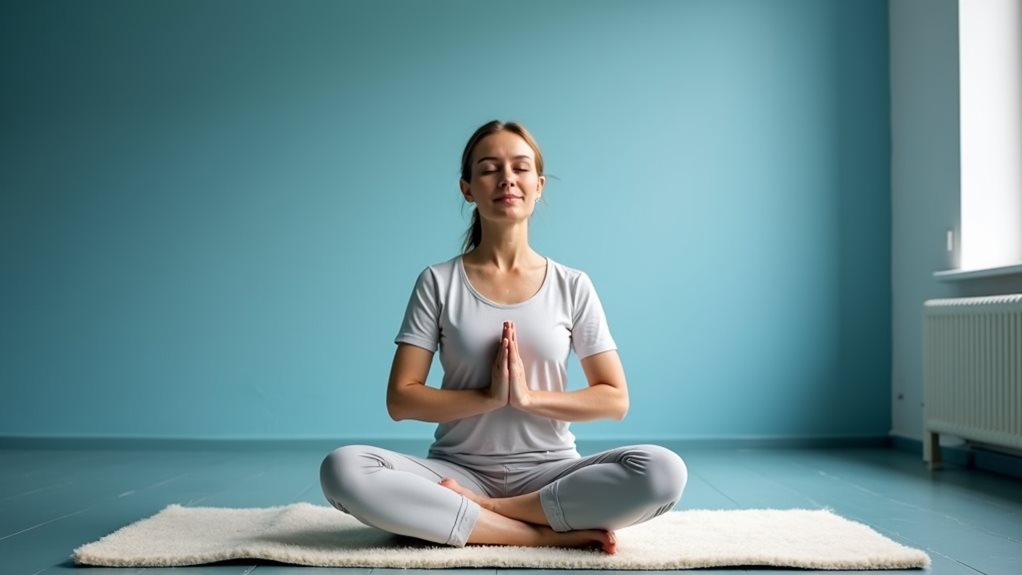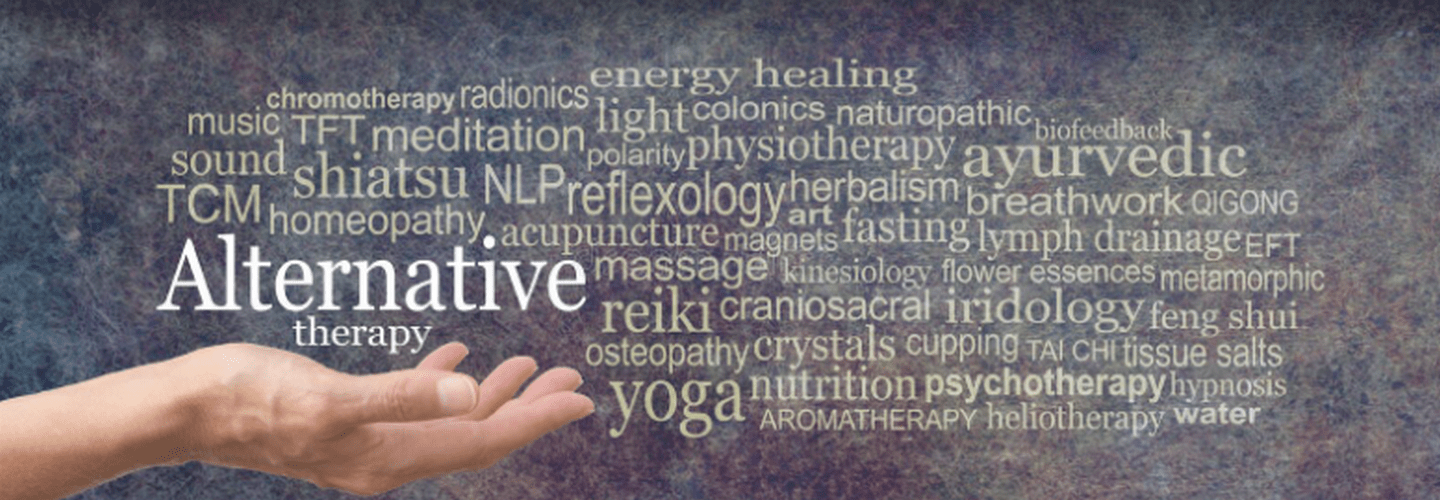
Self-hypnosis is a potent method for stress relief, utilizing focused relaxation to guide the mind away from daily stress and towards a peaceful state. By engaging in a systematic approach of deep relaxation cues, individuals can lower anxiety levels, enhance mood, and achieve a sense of tranquility. Mastery of self-hypnosis provides not only immediate but also long-lasting benefits, fostering a resilient approach to stress management. Continued practice opens up deeper insights into personal relaxation techniques and stress triggers.
Key Takeaways
- Self-hypnosis techniques allow deep mental relaxation by focusing on calming thoughts and controlled breathing.
- Regular self-hypnosis practice can lower stress by altering subconscious response patterns.
- Incorporate visualization of peaceful scenes to enhance the calming effect of self-hypnosis.
- Positive affirmations during self-hypnosis reinforce stress resilience and shift mindset.
- Combining self-hypnosis with techniques like progressive muscle relaxation deepens relaxation effects.
Harnessing the Power of Deep Breathing for Relaxation
Why do so many people turn to deep breathing for relief?
Deep breathing exercises offer a multitude of benefits that serve as a cornerstone for relaxation and stress management. By consciously slowing down the breath, individuals activate their body's natural relaxation response, which in turn reduces heart rate and lowers cortisol levels.
This simple yet powerful tool not only provides immediate relief in stressful situations but also enhances overall well-being through regular practice. The profound impact of deep breathing on the autonomic nervous system makes it an accessible and effective method for anyone seeking to regain calmness and improve their health.
Mastering Stress Relief Through Progressive Muscle Relaxation
As individuals seek effective strategies for managing stress, progressive muscle relaxation (PMR) emerges as a powerful technique that systematically reduces tension throughout the body.
This method enhances muscle awareness by alternately tensing and relaxing specific muscle groups, which fosters a deep sense of physical calm. The deliberate focus on tension release helps participants distinguish between the sensations of tightness and relaxation, increasing their ability to control stress responses deliberately.
Regular practice of PMR not only improves overall mental well-being but also contributes to better sleep and reduced anxiety, making it an invaluable tool in the stress management repertoire.
Enhancing Calm With Visualization Techniques

Building on the foundation of physical relaxation provided by progressive muscle relaxation, visualization techniques offer a powerful mental counterpart to enhance calm.
These methods harness the visualization benefits of creative imagery to form a vivid mental sanctuary. Engaging the senses, individuals can construct personalized scenarios that transport them to a state of profound tranquility.
Such practices activate the brain's emotional centers, fostering a serene mental environment. Regular engagement with these techniques not only deepens relaxation but also reinforces a resilient, peaceful mindset.
Therefore, visualization emerges as an essential strategy in managing stress through self-hypnosis.
The Role of Positive Affirmations in Stress Management
Positive affirmations, when skillfully applied, serve as a transformative tool in stress management. By repeatedly voicing clear, positive statements, individuals can reshape their mindset, fostering a robust stress resilience.
Here's how affirmations can be effectively utilized:
- Craft Personalized Affirmations: Develop statements that directly address personal stressors and aspirations.
- Regular Practice: Integrate affirmations into daily routines to strengthen their impact on the subconscious.
- Combine with Breathing: Pair affirmations with deep breathing to enhance relaxation effects.
- Reflect on Changes: Regularly assess and adjust affirmations to align with evolving needs and experiences, reinforcing stress management strategies.
Conducting a Mindful Body Scan for Deep Relaxation

A mindful body scan offers a powerful method for achieving deep relaxation by systematically focusing attention on different parts of the body. This practice cultivates mindful awareness, guiding individuals to notice and release tensions through a heightened sensitivity to body sensations.
Starting typically at the feet and moving upwards, each area is mentally examined and relaxed. The process not only soothes the physical body but also calms the mind, allowing for a profound sense of peace.
Regular engagement in this technique can markedly reduce stress levels, fostering a deeper connection with one's physical and emotional states.
Frequently Asked Questions
Can Self-Hypnosis Techniques Replace Medical Treatment for Anxiety?
Self-hypnosis techniques, while effective for anxiety management, should not replace medical treatment but rather complement it. Their efficacy in enhancing relaxation and resilience supports their use alongside professional healthcare guidance for thorough anxiety care.
How Long Does It Take to See Benefits From Self-Hypnosis?
The journey to relief through self-hypnosis varies; some may notice improvements within a few sessions, while others see gradual benefits over weeks. Regular practice and session frequency greatly influence the benefits timeline.
Are There Any Risks Associated With Self-Hypnosis for Stress Relief?
Potential risks associated with self-hypnosis primarily involve misuse cases, such as reinforcing negative behaviors or incorrect application, which may inadvertently heighten stress rather than alleviating it. Proper guidance is recommended to mitigate such risks.
Can Self-Hypnosis Help With Chronic Pain Management?
Self-hypnosis can aid in chronic pain management by leveraging the mind-body connection. Techniques such as deep relaxation and focused visualization promote pain relief by altering perception and reducing stress, which often exacerbates pain symptoms.
How to Ensure Self-Hypnosis Sessions Remain Effective Over Time?
To maintain the charm of self-hypnosis sessions over time, session consistency is essential. Regular adaptation of techniques guarantees sustained engagement and effectiveness, fostering a deep, continuous journey towards personal tranquility and stress mastery.
Conclusion
As the curtain falls on our journey through self-hypnosis techniques, it is clear that the tools for managing stress lie within our own minds, much like a gardener who cultivates a serene oasis amidst the chaos of the wild. By incorporating deep breathing, muscle relaxation, visualization, positive affirmations, and mindful scans, we empower ourselves to nurture a resilient, flourishing state of being, transforming daily stress into a wellspring of energy and peace.





